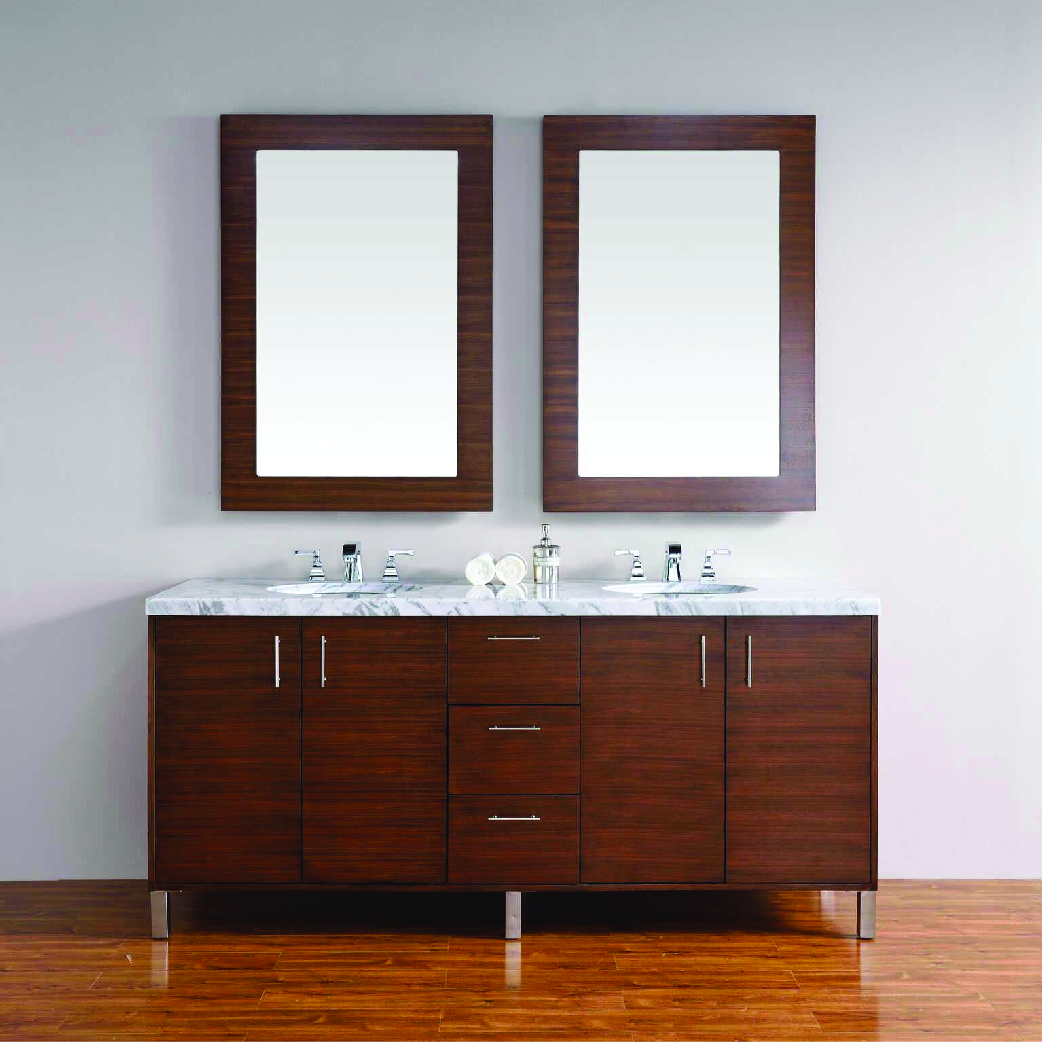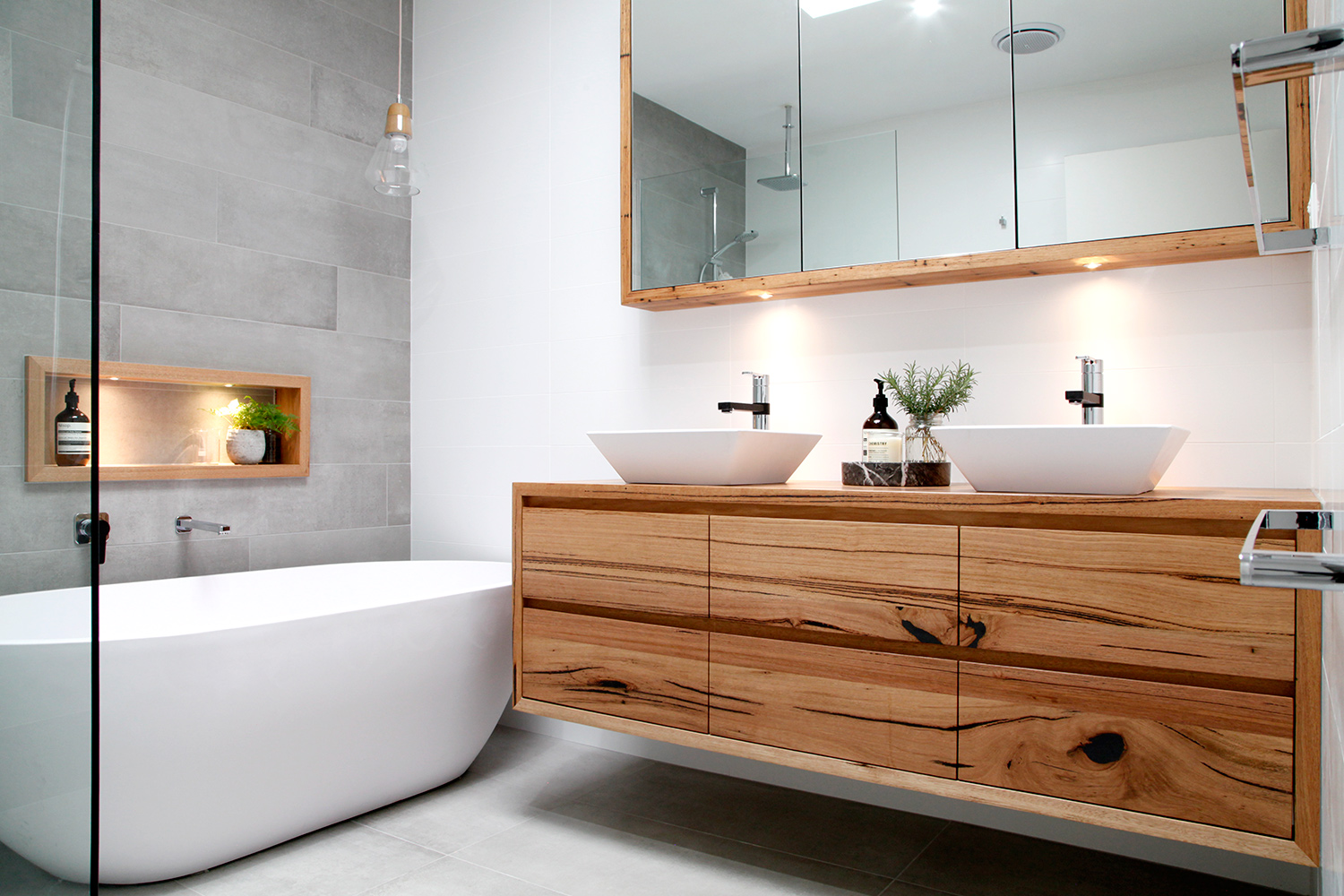Defining European Style Bathroom Vanities

European style bathroom vanities are a distinct category within the realm of bathroom design, characterized by their elegant aesthetics, functional design, and often, a touch of classic charm. These vanities stand out from other styles through their unique blend of practicality and sophistication, reflecting a deep appreciation for craftsmanship and attention to detail.
Evolution of European Bathroom Vanities
European bathroom vanities have a rich history, evolving over centuries alongside the development of European design principles. The earliest examples can be traced back to the Renaissance, where vanities were often crafted from fine wood and adorned with intricate carvings and decorative elements. The Baroque period saw the introduction of more ornate designs, incorporating opulent materials like marble and gold. The rise of the Industrial Revolution in the 19th century brought about a shift towards more functional and streamlined designs, with a focus on durability and practicality. This period saw the introduction of new materials like cast iron and porcelain, which were both durable and affordable.
In the 20th century, European bathroom vanities continued to evolve, incorporating modern design principles and incorporating new materials like stainless steel and acrylic. The minimalist aesthetic of the mid-century modern movement also influenced European bathroom design, leading to the creation of sleek and functional vanities that emphasized clean lines and simple forms.
Comparing European Bathroom Vanities with Other Styles
European bathroom vanities stand apart from other popular styles in their approach to aesthetics, materials, and functionality.
- Traditional: Traditional bathroom vanities are often characterized by their ornate details, such as intricate carvings, decorative moldings, and antique finishes. They typically use materials like wood, marble, and brass, and are often designed with a sense of history and grandeur. In contrast, European bathroom vanities may incorporate traditional elements but with a more understated and refined approach. They often prioritize functionality and clean lines, while still incorporating a touch of classic charm.
- Contemporary: Contemporary bathroom vanities are characterized by their clean lines, minimalist design, and use of modern materials like stainless steel, glass, and acrylic. They often feature sleek and geometric forms, with a focus on functionality and efficiency. European bathroom vanities, while often incorporating modern elements, tend to be more nuanced in their design, incorporating traditional elements and a touch of warmth.
- Modern: Modern bathroom vanities are often characterized by their bold and avant-garde designs, incorporating unconventional materials and shapes. They often push the boundaries of traditional design conventions, embracing a sense of experimentation and innovation. European bathroom vanities, while embracing modern design principles, tend to be more restrained in their approach, focusing on elegance, functionality, and timeless appeal.
Design Elements and Features: European Style Bathroom Vanity
European bathroom vanities are renowned for their exquisite craftsmanship and timeless elegance, embodying a refined aesthetic that transcends fleeting trends. Their design elements and features are meticulously curated to create a sanctuary of sophistication and comfort.
Materials, European style bathroom vanity
The choice of materials is paramount in defining the character of a European bathroom vanity. Natural stone, with its inherent beauty and durability, is a favored material. Marble, granite, and limestone are commonly used, each offering unique veining patterns and textures. These materials lend an air of sophistication and create a timeless appeal. Wood, particularly solid hardwoods like oak, walnut, and cherry, is another prevalent choice. Its rich grain patterns and warm tones contribute to a sense of warmth and luxury. High-quality finishes, such as polished chrome, brushed nickel, and antique brass, enhance the visual appeal and add a touch of refinement.
Storage Solutions
European bathroom vanities are designed to maximize functionality and storage capacity. Drawers are often incorporated, offering ample space for toiletries, towels, and other bathroom essentials. Cabinets provide discreet storage for larger items. Open shelves, often adorned with decorative elements, add visual interest and provide easy access to frequently used items. Integrated mirrors, sometimes featuring intricate carvings or ornate frames, serve both practical and aesthetic purposes.
Practical Considerations and Trends

Selecting and installing a European style bathroom vanity involves several practical considerations, from understanding space requirements to navigating plumbing configurations. Additionally, keeping abreast of current trends and emerging styles within the category can help you create a bathroom that is both functional and aesthetically pleasing.
Space Requirements and Plumbing Configurations
The size and configuration of a European style bathroom vanity are crucial considerations. European vanities often feature a more compact design, which can be advantageous in smaller bathrooms. However, it’s essential to measure your space carefully to ensure the vanity fits comfortably and allows for adequate circulation. Plumbing configurations also play a significant role. European vanities may require different plumbing connections than traditional vanities, so consulting a plumber before purchasing is recommended.
Current Trends and Emerging Styles
The European bathroom vanity category is constantly evolving, with new materials, finishes, and design innovations emerging regularly.
- Sustainable Materials: Eco-conscious consumers are increasingly seeking vanities made from sustainable materials, such as reclaimed wood, bamboo, or recycled plastic. These materials not only reduce environmental impact but also offer unique aesthetics.
- Minimalist Designs: The minimalist aesthetic remains popular, with sleek lines, simple shapes, and a focus on functionality. This trend is reflected in European bathroom vanities, which often feature clean lines, minimal ornamentation, and open shelving.
- Integrated Storage Solutions: European vanities are known for their clever storage solutions, maximizing space efficiency. Integrated drawers, shelves, and compartments help to keep bathroom essentials organized and out of sight.
- Smart Technology Integration: The integration of smart technology is becoming increasingly common in bathroom vanities. This can include features such as touch-sensitive faucets, built-in lighting systems, and even integrated Bluetooth speakers.
- Unique Finishes: Metallic finishes, such as brushed nickel, brass, and copper, are gaining popularity, adding a touch of sophistication to European bathroom vanities. Other trending finishes include matte black, dark wood stains, and textured surfaces.
Incorporating European Style Bathroom Vanities
To ensure a cohesive and aesthetically pleasing bathroom design, consider the following tips when incorporating a European style bathroom vanity:
- Choose a Style that Complements the Room: Select a vanity that complements the overall style of your bathroom, whether it’s modern, traditional, or contemporary.
- Consider the Color Palette: Opt for a vanity color that complements the existing color scheme of your bathroom. Neutral colors like white, gray, or beige can create a clean and spacious feel, while bolder colors can add a touch of personality.
- Accessorize Wisely: Accessorize the vanity with matching hardware, mirrors, lighting, and storage solutions. These elements can enhance the overall look and functionality of the space.
- Pay Attention to Lighting: Adequate lighting is essential for a functional and visually appealing bathroom. Consider using a combination of ambient, task, and accent lighting to create a balanced and inviting atmosphere.
